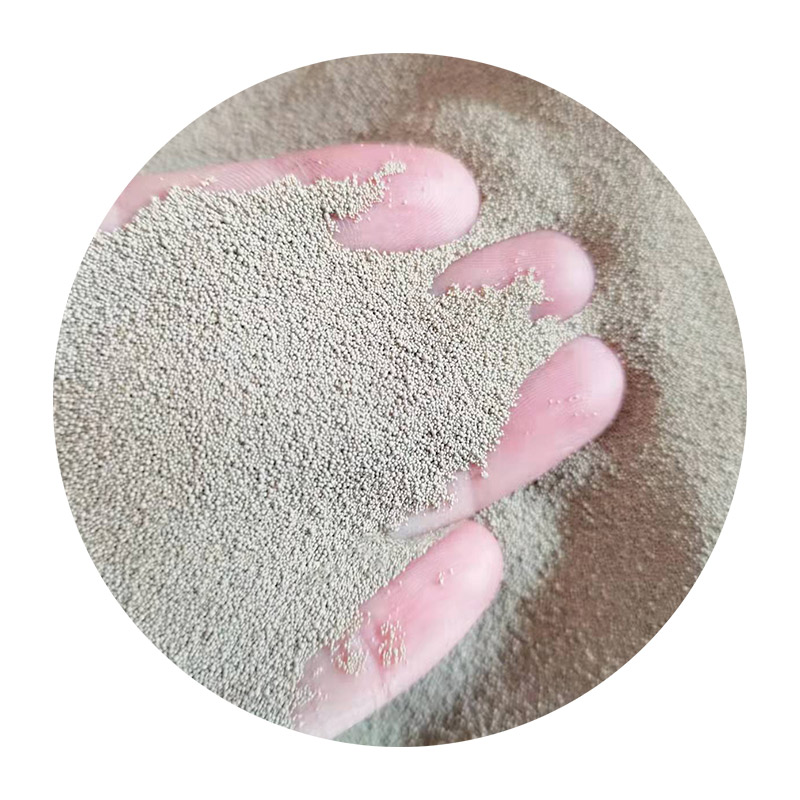Sand Casting A Pillar of Mass Production
Sand casting, an age-old manufacturing process, has evolved into a cornerstone for mass production across various industries. Its adaptability, cost-effectiveness, and ability to produce complex shapes make it a preferred choice for manufacturers around the globe. This article explores the intricacies of sand casting and its significance in mass production.
The Basics of Sand Casting
At its core, sand casting involves creating a mold from a mix of sand and a bonding agent to produce parts from molten metal. The process begins with the creation of a pattern, a replica of the desired part, typically made from metal, plastic, or wood. This pattern is placed in a flask, which holds the sand mixture. Once the mold halves are made, they are assembled, and molten metal is poured in. After cooling, the mold is broken away to reveal the finished part.
The versatility of sand casting stems from its ability to accommodate various metal alloys, including aluminum, brass, iron, and steel. Additionally, the process is suitable for both small-scale productions of niche parts and large-scale runs of identical components, making it invaluable in industries like automotive, aerospace, and construction.
Cost-Effectiveness and Material Versatility
One of the most compelling advantages of sand casting is its cost-effectiveness. The materials used – sand, metal, and bonding agents – are relatively inexpensive compared to other manufacturing processes. Moreover, the reusable nature of sand (after proper treatment) further reduces costs. This efficiency is crucial for mass production, where the goal is to minimize expenses while maximizing output.
Sand casting is also notable for its material versatility. Manufacturers can choose from a wide array of metals to create parts that meet specific performance criteria. This flexibility allows for the production of anything from intricate, lightweight components to robust, heavy-duty parts. Furthermore, the process can produce components with complex geometries that would be challenging to achieve with other manufacturing methods.
sand casting mass production

Improving Production Speed and Shape Complexity
In the realm of mass production, the speed at which parts can be produced is of paramount importance. While sand casting traditionally had longer cycle times compared to modern methods, advancements in technology have significantly enhanced its efficiency. Automated systems for mold creation and metal pouring help streamline the production process, enabling manufacturers to meet high demands without compromising quality.
The ability to produce complex shapes is another critical advantage of sand casting. Unlike some manufacturing methods that require extensive tooling, sand casting enables easy customization. Patterns can be adjusted or replaced with minimal downtime, allowing manufacturers to respond rapidly to changing market demands and evolving product designs. This is particularly important in sectors like automotive and aerospace, where innovation is relentless, and the need for custom solutions is ever-present.
Environmental Considerations
As industries increasingly prioritize sustainability, sand casting has adapted to meet environmental standards. Modern techniques focus on minimizing waste and reducing energy consumption. For example, the recycling of sand used in molds is becoming more prevalent, significantly decreasing the environmental footprint of the process. Furthermore, developments in green sand technology, which utilizes natural bonding agents, help reduce emissions and reliance on harmful materials.
Conclusion
In conclusion, sand casting remains a vital process in mass production due to its cost-effectiveness, versatility, and ability to produce complex shapes efficiently. As technological advancements continue to evolve the industry, sand casting is likely to maintain its relevance in the face of new manufacturing techniques. With the growing emphasis on sustainability, the process is also adapting to meet contemporary environmental standards. For manufacturers aiming for high-quality, custom-made components at scale, sand casting represents a reliable and efficient solution, affirming its place as a mainstay in the world of mass production. As industries continue to innovate, the enduring capabilities of sand casting will undoubtedly play a significant role in shaping the future of manufacturing.
Post time:دېكابىر . 24, 2024 14:08
Next:Can you effectively sand and finish resin surfaces for a smooth finish?
